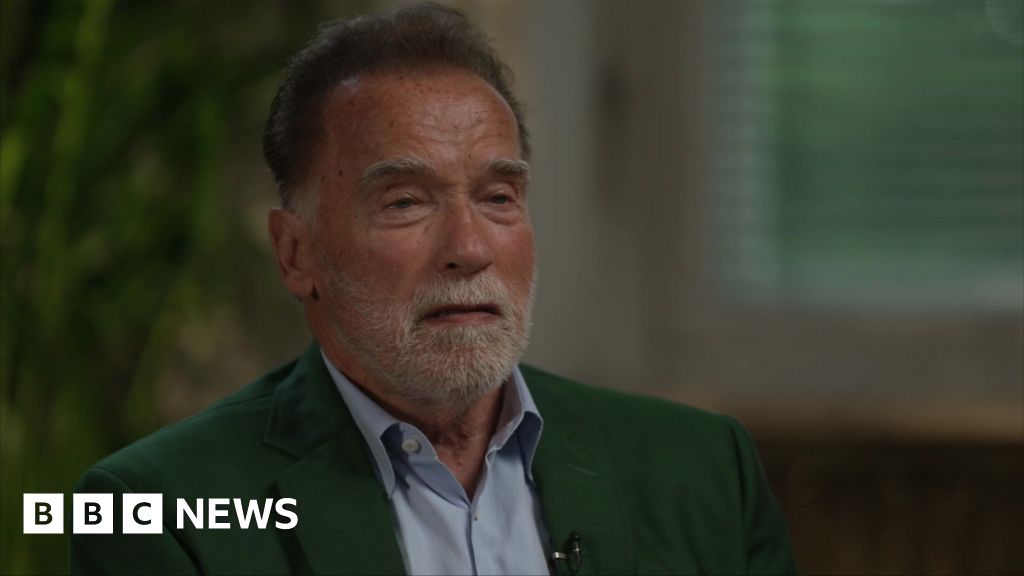ARTICLE AD BOX
image source, Getty Images
image caption, The ivory-billed woodpecker was once the US's largest woodpeckerThe ivory-billed woodpecker is among 23 species declared extinct by the US Fish and Wildlife Service (FWS).
The service has proposed removing them from the Endangered Species Act (ESA), which protects species under threat.
The FWS said it had made the determination based on "rigorous reviews of the best available science for each of these species".
"Each of these 23 species represents a permanent loss to our nation's natural heritage and to global biodiversity," Bridget Fahey, who oversees species classification for the Fish and Wildlife Service, was quoted as saying in the New York Times.
"And it's a sobering reminder that extinction is a consequence of human-caused environmental change."
The ivory-billed woodpecker was once the US's largest woodpecker species but the last commonly agreed sighting was in 1944 in Louisiana. The species was officially listed as endangered in 1967.
Another bird declared extinct is the Bachman's warbler, which was one of the rarest songbirds in North America. It too has been listed as endangered since 1967.
Eight species of birds from Hawaii and the Little Mariana fruit bat from the Pacific island of Guam are also on the list.
The FWS, in its statement, said the protections afforded by the ESA, which came into effect in 1973, had come too late for these species.
But it stressed the act has been successful at preventing the extinction of more than 99% of species listed, and its protections are needed now more than ever.
"The Service is actively engaged with diverse partners across the country to prevent further extinctions, recover listed species and prevent the need for federal protections in the first place," said Martha Williams, FWS Principal Deputy Director.
"The Endangered Species Act has been incredibly successful at both preventing extinctions and at inspiring the diverse partnerships needed to meet our growing 21st century conservation challenges."

 3 years ago
69
3 years ago
69








 English (US) ·
English (US) ·